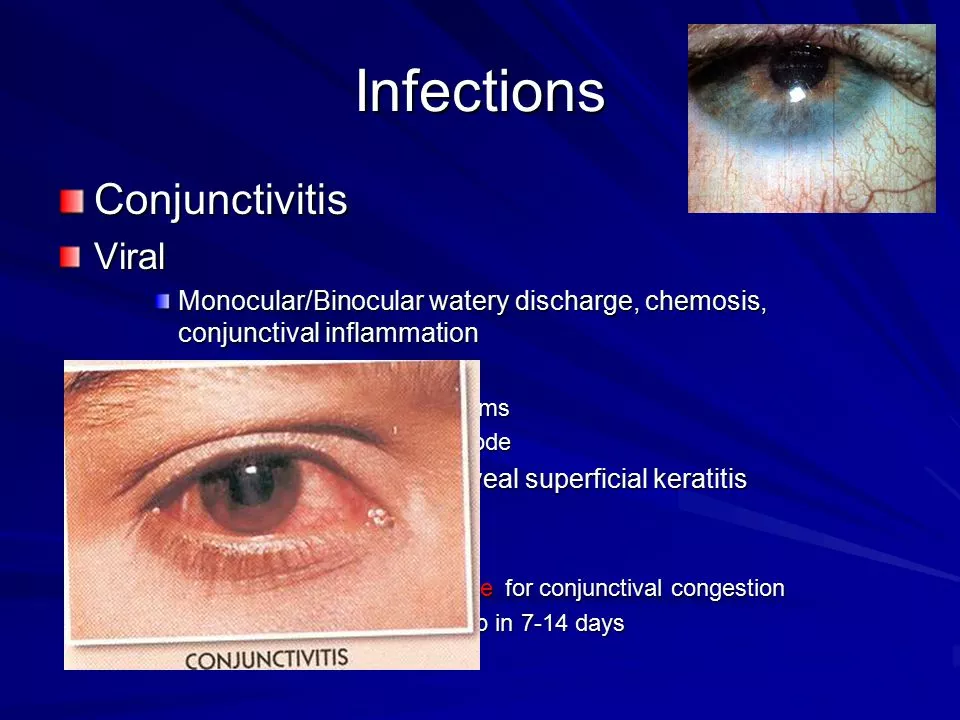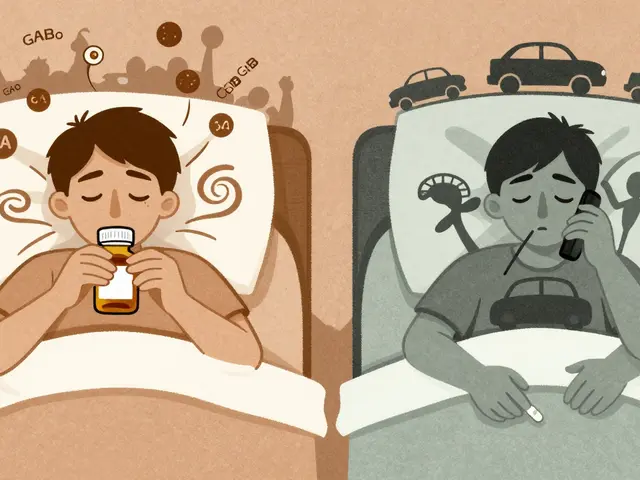Besifloxacin Eye Drops: Uses, Dosage, and How to Use Them
Got red, gritty, or sticky eyes and wondering about besifloxacin? This short guide explains what besifloxacin does, how to use it the right way, common side effects, and smart safety tips so you get better faster without surprises.
What is besifloxacin and when to use it
Besifloxacin is an antibiotic eye drop (brand name Besivance) used mainly to treat bacterial conjunctivitis — the 'pink eye' caused by bacteria. It kills bacteria that cause eye infections and helps clear redness, discharge, and discomfort. Doctors usually prescribe it after they suspect or confirm a bacterial cause. It won’t help viral or allergic conjunctivitis.
Adults and children (check age limits with your prescriber) can use it, but always follow your doctor’s instructions. Don’t assume any red eye needs antibiotics — some conditions get better without them, and overuse can breed resistance.
How to use besifloxacin correctly
Typical dosing is one drop in the affected eye(s) every 12 hours for 7 days, but follow the exact plan your doctor gives. Here’s a simple, practical routine:
- Wash your hands before you touch the bottle or your eye.
- Tilt your head back, pull the lower lid down to make a small pocket, and squeeze one drop in without touching the eye with the tip.
- Close your eye gently for about a minute and press the corner of your eye near the nose for 30–60 seconds to limit drainage into the throat.
- If you wear contact lenses, remove them before using drops and don’t put them back in until your doctor says it’s safe — usually after the infection clears and drops are finished.
- If you use other eye drops, space them at least 5 minutes apart so each can absorb properly.
Avoid touching the dropper tip to anything. If the tip touches your eye or skin, don’t use that bottle; replace it to avoid contamination.
Side effects, safety and buying tips
Most people only get mild irritation, temporary blurred vision, or eye redness. Stop and call your doctor if you get severe pain, a sudden drop in vision, swelling, or signs of an allergic reaction like hives or difficulty breathing.
Besifloxacin has minimal systemic absorption, so interactions with other drugs are rare. Still, tell your doctor about other eye medicines, medical conditions, and allergies—especially to fluoroquinolones.
Buying tips: in many places you need a prescription. Use a licensed pharmacy and avoid suspicious discount sites that don’t require prescriptions. If you order online, check for a physical address, pharmacist contact, and proper registration.
If symptoms don’t improve within 48–72 hours or get worse, call your healthcare provider. Red eyes can hide more serious issues, so get checked when things don’t follow the expected course.








